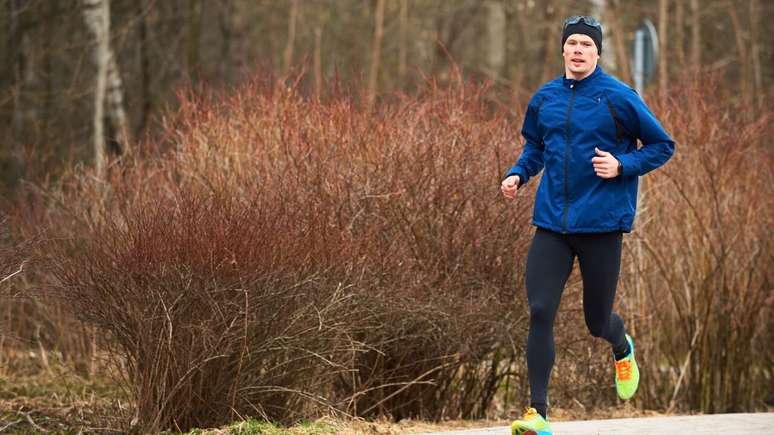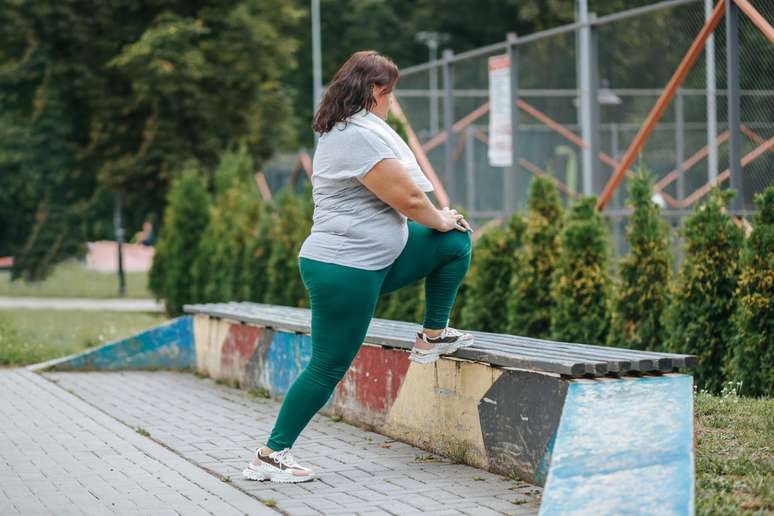Low temperatures have different effects on the human body, including greater muscle and articulated rigidity
When winter arrives, many people perceive to greater muscle and joint rigidityIn particular, those who already have some conditions linked to this. However, it is also common to realize that this is linked to the season or climate. Therefore, many feel a certain difficulty of movement and the feeling of “hard” and “looked at” muscles and have no idea why.
Muscle rigidity is characterized by tension, hardening and difficulty of the movement of the muscles, while joint rigidity affects areas such as knees, hips, shoulders and hands, reducing the width of movements, especially in the morning or after long periods of inactivity. Both conditions compromise simple tasks such as walking, getting out of bed or performing repetitive movements.
And it is precisely with the cold that symptoms can worsen. “The drop in temperature causes physiological changes that favor this rigidity, compromising mobility and intensifying pain at low temperatures,” says Fabiano Kupczik, orthopedist doctor at the Cajuru University Hospital in Curitiba (PR).
Subsequently, understand more on the conditions and see suggestions to minimize symptoms:
Main causes and treatments
According to the expert, the causes of these conditions are varied. Among the most common are rheumatological diseases, such as arthrosis, rheumatoid arthritis and lupus, physical inactivity, muscle and joint lesions, emotional tension or stress, neurological diseases and natural aging.
Recalling that cold physiological changes include the involuntary contraction of the muscles, the reduction of joint lubrication and the reduction of blood flow to the ends. These factors increase muscle and joint rigidity, intensify the feeling of pain and limits.
“Furthermore, in winter people tend to move less, which also contributes to greater rigidity,” says the orthopedist.
The treatment depends on the origin of the problem, but in general it involves exercise, physical therapy and complementary therapies, as well as the specific treatment of basic diseases such as the use of immunosuppressive drugs in case of autoimmune or rheumatological diseases.
How to prevent and reduce symptoms in cold
Some of the main precautions you should take to prevent muscle and joint rigidity or treat it during the winter are:
- Keep the body hot, in particular the ends and joints
- Practice physical activity regularly, even on cold days, to keep the muscles and blood actively circulate correctly
- Stretch every day, especially when it wakes up
- Avoid long periods of inactivity, alternating moments of rest and movement
- Apply hot compressions and make hot baths to help with muscle relaxation
- Maintain a balanced diet and adequate hydration, factors that also influence muscle and articulated health
- In persistent cases, the ideal is to look for an orthopedic doctor for clinical evaluation and, if necessary, refer to physiotherapy or specific treatments
Source: Terra
Ben Stock is a lifestyle journalist and author at Gossipify. He writes about topics such as health, wellness, travel, food and home decor. He provides practical advice and inspiration to improve well-being, keeps readers up to date with latest lifestyle news and trends, known for his engaging writing style, in-depth analysis and unique perspectives.








